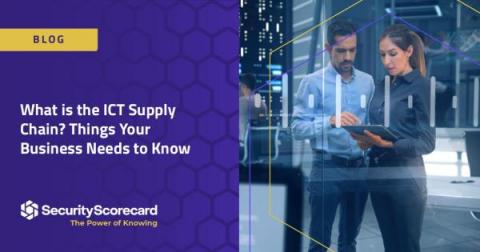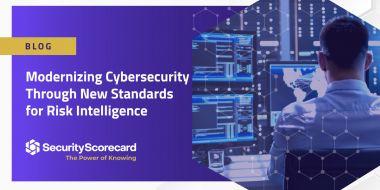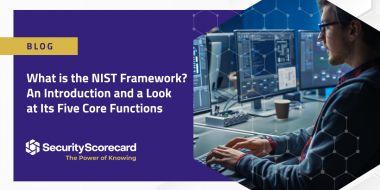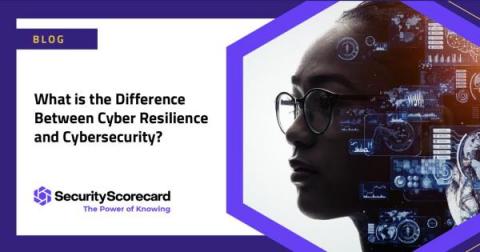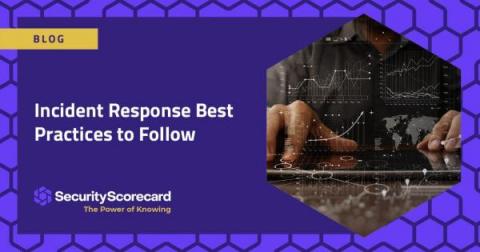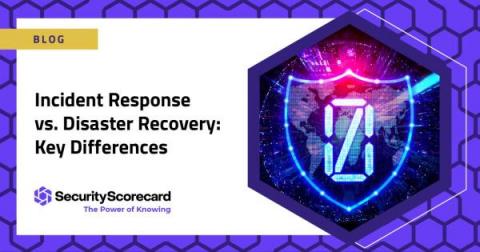Security | Threat Detection | Cyberattacks | DevSecOps | Compliance
SecurityScorecard
What is the ICT Supply Chain? Things Your Business Needs to Know
Cyber attacks and data breaches are top of mind for businesses around the world as attacks on vulnerable networks persist. It is more important than ever to ensure cyber security and resilience programs are in place for your business and third-party suppliers. The information and communications technology (ICT) supply chain is a globally-interconnected ecosystem that involves CT software, hardware, and services including suppliers, vendors, and contractors.
Modernizing Cybersecurity Through New Standards for Risk Intelligence
Leaders from the SEC, Cyber Threat Alliance, and National Association of Corporate Directors recently joined with SecurityScorecard to share their insights on the state of cybersecurity risk management today. Earlier this month, the New York Department of Financial Services (NY DFS) announced efforts to modernize their supervision process, with the creation of the Cybersecurity and Information Technology Baseline Risk Questionnaire (CIBRQ).
Do you know how to identify your third-parties', third-parties?
It might sound confusing at first, but knowing who your third parties also rely on for their day-to-day business operations is key to building out a smarter and more informed vendor risk management program. Commonly known as fourth-party concentration risk, the ability to determine the fourth-party vendors in your digital supply chain that serve a majority of your third-party vendors can help organizations avoid potentially catastrophic supply chain risk from such a dependency.
What is the NIST Framework? An Introduction and a Look at Its Five Core Functions
The National Institute of Standards and Technology is an agency within the U.S. Department of Justice. It was founded in 1901 to support science and technological development. For decades, it has provided guidance on computer security. In 2014, in cooperation with public and private sector experts, the NIST released its cybersecurity framework. The framework combines best practices and industry standards to help organizations deal with cybersecurity risks.
What is the Difference Between Cyber Resilience and Cybersecurity?
Cyber attacks and data breaches are top of mind for businesses around the world as attacks on vulnerable networks persist. It is now more important than ever to ensure cybersecurity and resilience. But how do these two practices differ? This blog highlights the differences between cybersecurity and cyber resilience and how to secure your business for optimal cyber protection.
How Risk Intelligence Impacts Cyber Readiness
While your security staff tends to work the same business hours as everyone else, it often feels like threat actors never take a day off. Because an attack can and will come from any direction at any time, an organization’s cyber readiness is paramount. Your cyber readiness is the level at which you’re able to identify and respond to an attack.
Why We Collect Data From 12 Countries
6 Incident Response Best Practices You Should Follow
When it comes to cybersecurity, organizations need to be well-prepared for what comes next. Not only are cybercriminals leveraging ever more advanced technology, but the cost of a breach — in terms of cost, reputation, and damage — is on the rise. Mitigating risk requires having a robust incident response plan in place and dedicated team members on standby. Let’s take a closer look.
Incident Response vs. Disaster Recovery: Key Differences
As cybercrimes and security breaches become more sophisticated, data protection strategies have become more important to business survival. A critical element in an organization’s ability to effectively handle these incidents is to reduce downtime and minimize damage. This is where an effective incident response and disaster recovery plan comes into play.



